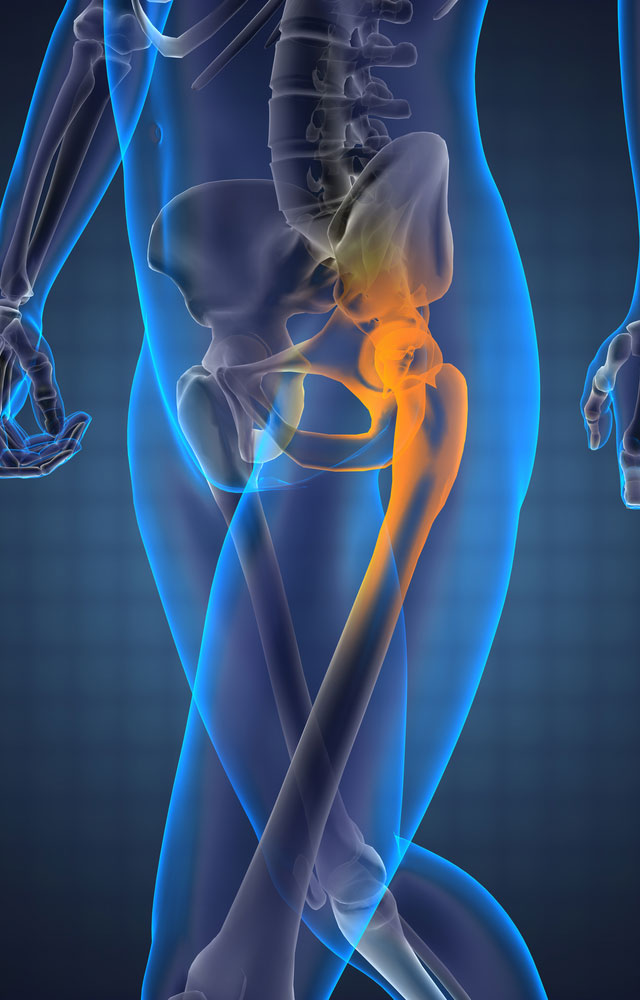Managing Knee Osteoarthritis: The Effects of Body Weight
Objective:
To determine the effect of a 12-week lower body positive pressure (LBPP)-supported low-load treadmill walking program on knee joint pain, function, and thigh muscle strength in overweight patients with knee osteoarthritis (OA).
Design:
Prospective, observational, repeated measures investigation. Setting: Community-based, multidisciplinary sports medicine
clinic.
Patients:
Thirty-one patients aged between 55 and 75 years, with a body mass index $25 kg/m2 and mild-to-moderate knee OA. Intervention: Twelve-week LBPP-supported low-load treadmill
walking regimen.
Main Outcome Measures:
Acute knee joint pain (visual analog scale) during full weight bearing treadmill walking, chronic knee pain, and joint function [Knee Injury and Osteoarthritis Outcome Score (KOOS) questionnaire] during normal activities of daily living, and thigh muscle strength (isokinetic testing). Appropriate methods of statistical analysis were used to compare data from baseline and follow-up evaluation.
Results:
Participants reported significant improvements in knee joint pain and function and demonstrated significant increases in thigh muscle strength about the degenerative knee. Participants also experienced significant reductions in acute knee pain during full weight bearing treadmill walking and required dramatically less LBPP support to walk pain free on the treadmill.
Conclusions:
Data suggest that an LBPP-supported low-load exercise regimen can be used to significantly diminish knee pain, enhance joint function, and increase thigh muscle strength, while safely promoting pain-free walking exercise in overweight patients with knee OA. These findings have important implications for the development of nonoperative treatment strategies that can be used in the management of joint symptoms associated with progressive knee OA in at-risk patient populations.
Clinical Relevance:
This research suggests that LBPP-supported low-load walking is a safe user-friendly mode of exercise that can be successfully used in the management of day-to-day joint symptoms associated with knee OA, helping to improve the physical health, quality of life, and social well-being of North America’s aging population.


